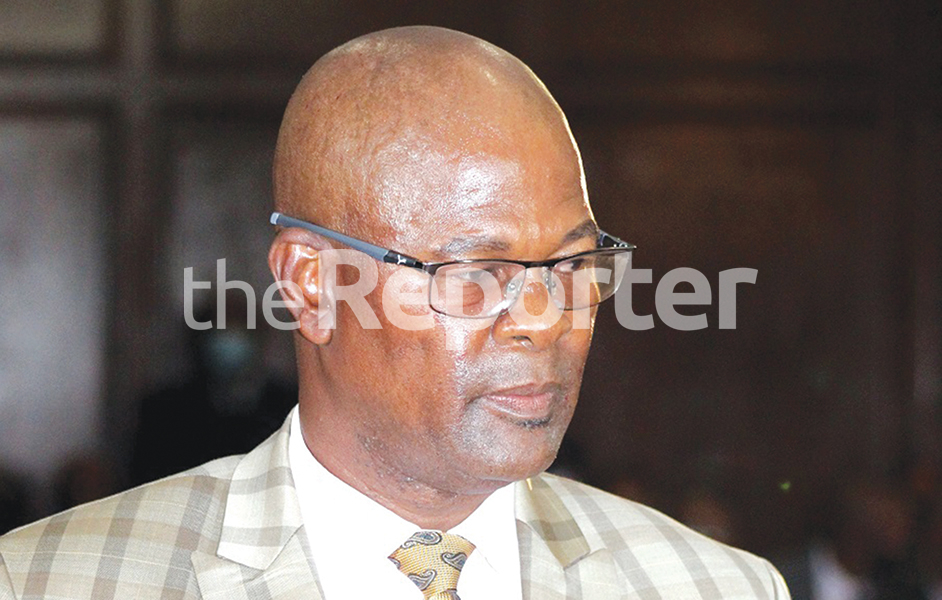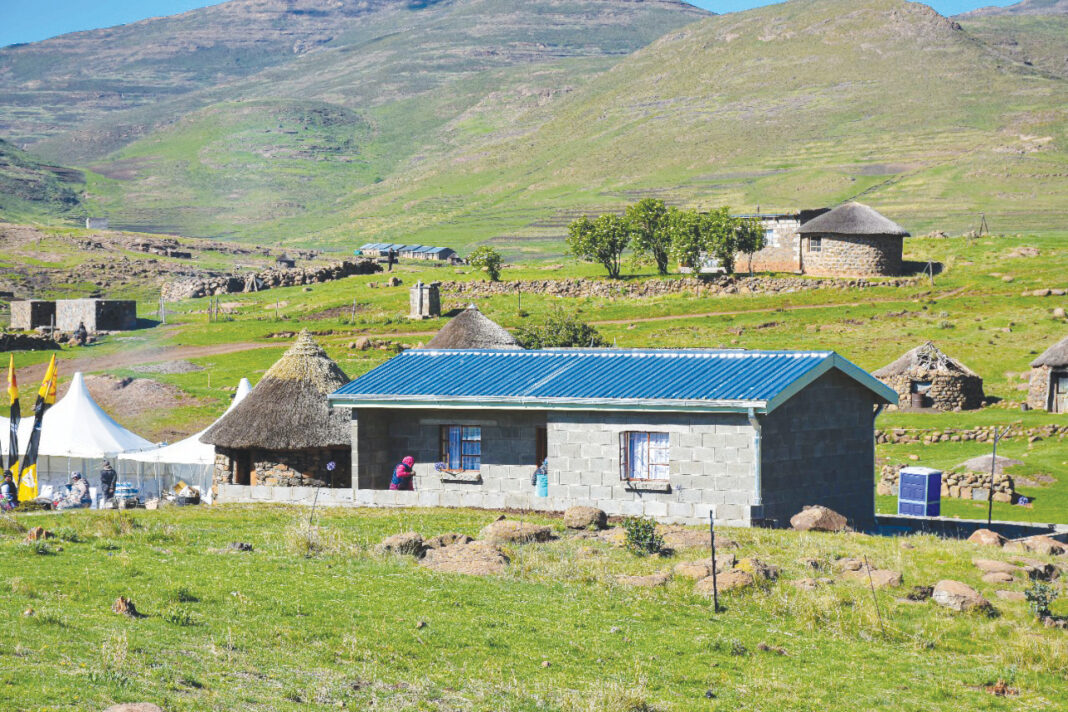Tuesday November 17 marked the global launching of the cervical cancer elimination strategy and we would like to throw our weight behind all attempts to eliminate the disease. We would also to dedicate this week’s editorial comment to the World Health Organisation (WHO) which is spearheading this noble initiative.
The governments of Australia, Botswana, Lesotho, Malawi, Nigeria and Rwanda co-sponsored the event.
Cervical cancer is one cancer the world can actually eliminate: it’s time to do it. Following a call to Action in May 2018 from WHO Director-General, Dr Tedros, 194 countries collectively resolved to end needless suffering from a cancer that is both preventable and curable. The world already has the necessary tools; they just need to be made accessible.
In August 2020, the World Health Assembly passed a resolution calling for elimination of cervical cancer and adopting a strategy to make it happen. It is a testament to the enthusiasm for this important goal that, even in the context of the COVID-19 pandemic, countries around the world have affirmed their support for this important priority.
According to WHO, by the year 2030, all countries can achieve 90 percent HPV vaccination coverage, 70 percent screening coverage, and 90 percent access to treatment for cervical pre-cancer and cancer, including access to palliative care.
Indeed, the moment has arrived for an ambitious, inclusive strategy to accelerate eliminating cervical cancer as a public health problem. Elimination is within the reach of all countries. We can all leave behind a great legacy if we seize the opportunities that are within our reach now, so that girls who are born today will live to see a world free of this disease.
The global movement to eliminate cervical cancer is being driven by the energy, passion and momentum of communities, partners and individuals working towards catalyzing change. All over the world, individuals, communities and regions are getting involved and helping celebrate!









